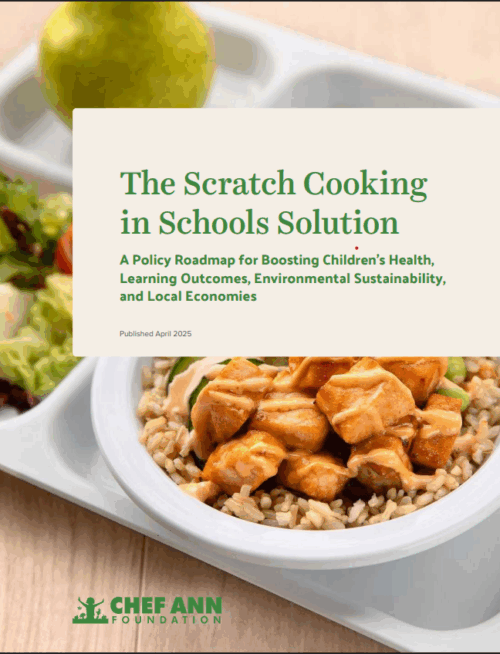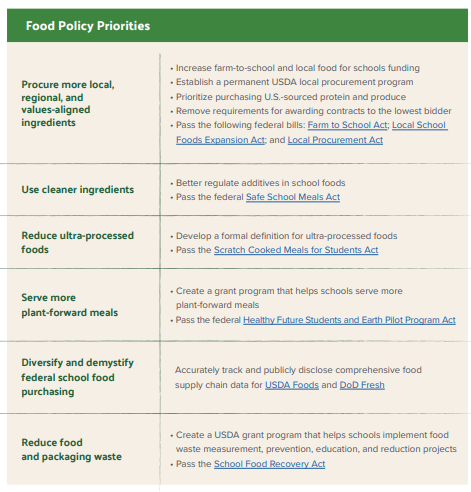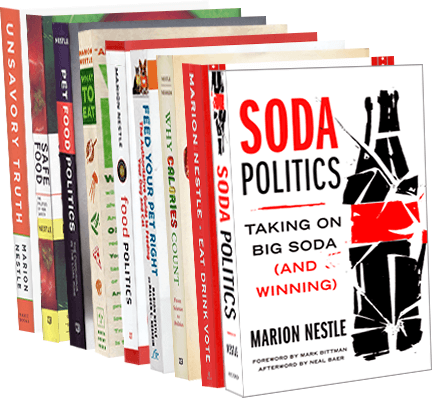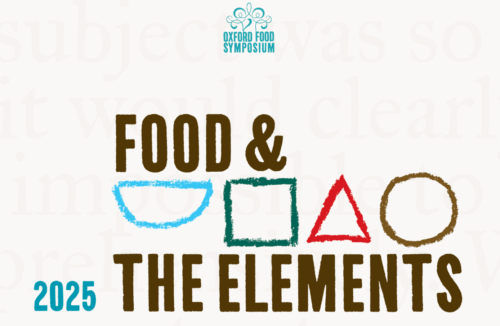Alcohol in the 2025-2030 Dietary Guidelines: The Rumors
I have no inside information about what the new Dietary Guidelines will say beyond what I’ve read and what RFK Jr has said: They will be coming out soon and will be short and to the point.
But according to Twitter (X), the source of much leaked information, the new administration “plans to introduce partial bans on alcohol advertising, to bring it ‘closer in line with advertising of unhealthy food.'”
And we now have a Reuters’ Exclusive: US to drop guidance to limit alcohol to one or two drinks per day, sources say
Its summary:
- Americans have long been told to drink two or fewer drinks per day
- New guidelines due as soon as this month
- Expected to include brief statement on limiting drinking
- Alcohol industry faces growing scrutiny of health risks
Reuters’ anonymous sources say “The new guidelines are set to move away from suggesting consumers limit alcohol consumption to a specific number of daily servings, according to the three sources, who asked not to be named to speak freely.”
Reuters also reports:
Major industry players, including Diageo (DGE.L) and Anheuser-Busch InBev (ABI.BR) have lobbied lawmakers throughout the review process. Senate records show the companies spent millions on lobbying efforts related to the guidelines and a range of other issues such as tax and trade in 2024 and 2025. Both companies declined to comment.
What is at stake here?
As I explained in January (Alcohol in the Dietary Guidelines: What the Fuss is About), everyone agrees that too much alcohol is bad for you. The question is whether any alcohol is bad.
The dietary guidelines have advised since 1990 that women have no more than one drink a day and men no more than two, suggesting that such levels are safe. But are they?
I discuss the recent reports arguing one way or the other on January 7 (The big fight over alcohol recommendations: not over yet) and January 22 (The Alcohol Saga continues).
Neither RFK Jr nor President Trump drink alochol.
And we have evidence that the Majority of Americans Unaware of Cancer Risks Linked to Alcohol Consumption.
Recent research conducted by The University of Texas MD Anderson Cancer Center unveiled that only approximately 40% of American adults recognize alcohol as a cancer risk factor. This stark gap in knowledge persists despite alcohol’s status as a leading preventable cause of cancer, highlighting the urgent need for enhanced public health communication and policy reforms.
Dietary guidelines are a key component of federal nutrition policy.
I can’t wait to see what they say about alcohol consumption (and everything else), in the light of the MAHA (Make America Healthy Again) agenda.







